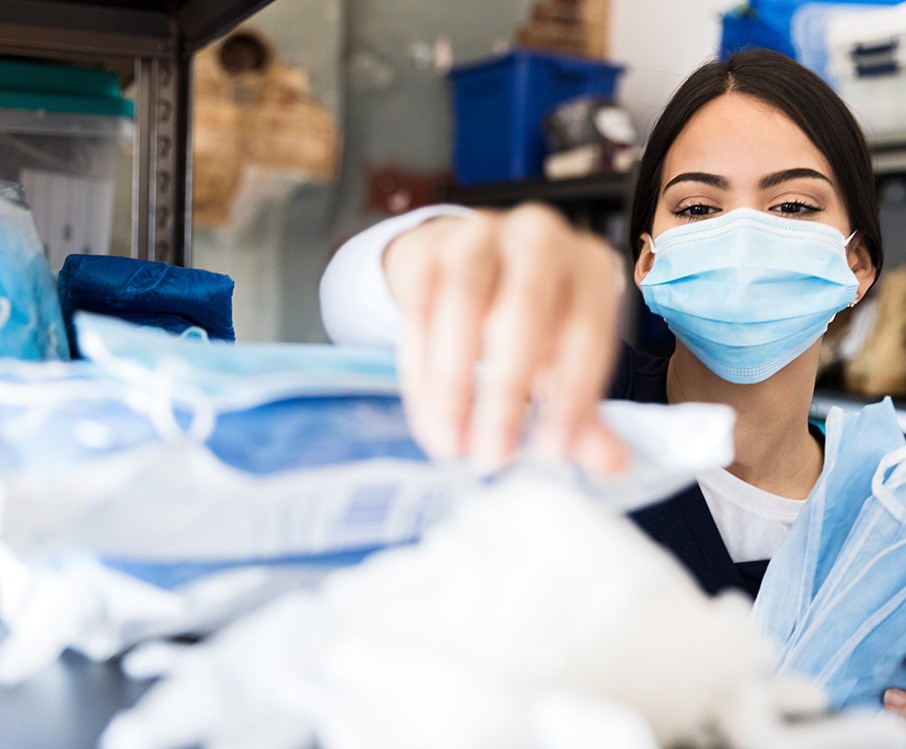GHX Inventory Management
Simplify and streamline healthcare inventory management
Dock-to-Doc™
Help increase efficiency and reduce supply spend and waste with greater visibility for inventory management.
Contact Us
GHX Inventory Management
Dock-to-Doc™
Help increase efficiency and reduce supply spend and waste with greater visibility for inventory management.
Contact Us

GHX Inventory Management products aren't replacements, they're an extension of your current systems, helping you to gain more value from your technology investments. Our products help hospitals bridge the gaps and reap savings.
Single enterprise-wide platform for large IDNs
Ease of implementation
Plug-n-play capabilities

One vendor to manage
Integration with MMIS, ORIS, EHR, and ERP
Cloud deployment model
Manage warehouse and distribution activities with a scalable inventory management platform
Conduct inventory counts and valuations for clinical, warehouse, pharmacy, surgical instruments, capital assets and other types of inventories

Smarter Clinical Supply Chain
Key stakeholders across many hospital departments need better tools to do their jobs. GHX offers a range of capabilities that reduce error-prone inventory management processes, improve labor efficiencies and help healthcare leaders better manage total supply utilization and cost of healthcare procedures from dock-to-doc™.
By submitting my information here, I consent to GHX entities and their service providers processing my information to respond to my request, including transferring my data to other countries, as described in the GHX Privacy Policy.